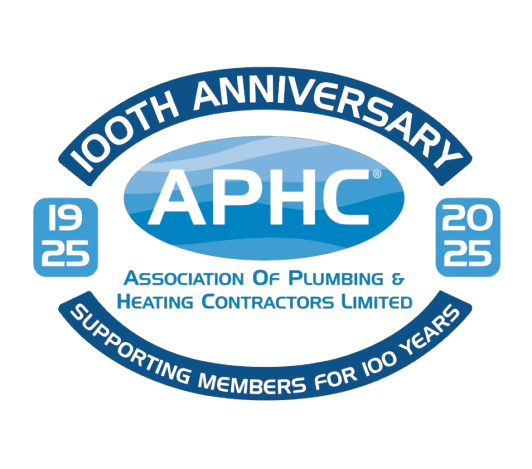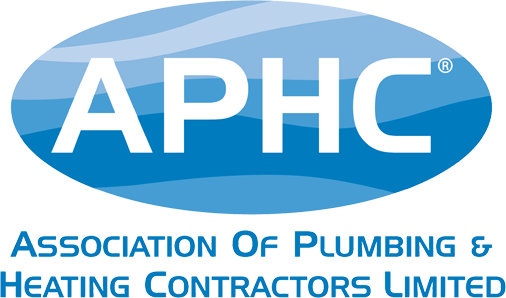Over time Government has sought to incentivise the drive towards Net Zero by reducing the applicable VAT rate for the installation of certain ‘Energy Saving Materials’ but only in residential properties.
We do receive regular queries on how VAT should be applied in these areas particularly relating to heat pumps, hence covering the key principles in this article. Fuller detail can be accessed via the web by reading – Energy-saving materials and heating equipment (VAT Notice 708/6).
The key background is that VAT laws were modified and with effect from 1 April 2022 until 31 March 2027, a zero rate applies to the installation of certain specified energy-saving materials in residential accommodation.
Let’s take a look at how VAT is applied:
a) New Dwellings
In the main the construction of new build dwellings is zero rated and therefore the installation of energy saving materials in them is zero rated – that’s the easy one!
b) The Installation of Energy Saving Materials in Existing Dwellings where the Work is Non Grant Funded
Firstly, by grant funding we mean the grant funded support available to low income households through schemes such as ECO4 (a wider definition of what constitutes grant funded work is provided in the VAT Notice). Please note that the Boiler Upgrade Scheme (BUS) is not an example of a grant funded scheme under VAT laws.
Under this item b) we’re specifically covering the energy saving materials that can be zero rated as part of non grant funded work. There’s a more detailed definition of each of the following in the VAT Notice:
• controls for central heating and hot water systems
• draught stripping
• insulation
• solar panels
• ground source heat pumps
• air source heat pumps
• micro combined heat and power units
• wood-fuelled boilers
• wind turbines
• water turbines
The zero rating applies to both the supply and installation of the energy saving materials themselves e.g. an air source heat pump and it’s installation but becomes more complex when looking at the installation of the air source heat pump as part of work taking place as part of a heating system install or indeed other work taking place in the property.
Let’s take a look at a couple of examples:
Example 1 – the installation of an air source heat pump together with new radiators and pipework in a dwelling. This is carried out as a single job and for a single price. Larger radiators and pipework are necessary because the air source heat pump operates at a lower temperature than a traditional gas boiler. The customer regards the work as one supply of an air source heat pump.
In this example, the installation of the new radiators and pipework are ancillary to the installation of the air source heat pump. This is a single supply that benefits from the heat pump install as well as the pipework and radiators (ancillary supplies) being zero rated.
So, an ancillary supply is a supply of goods or services that is a better means of enjoying the principal supply and in such case e.g. the supply/install of an air source heat pump and upgrade to the heating system which can be zero rated for the entire job including ancillary supply elements.
Example 2 – the installation of energy efficient heating and hot water controls as part of a full oil fired heating replacement in an existing property. In this case the heating and hot water controls are ancillary to the full heating system install and not the principal supply.
While some components of the central heating system may benefit from a reduced VAT rate if supplied and installed on their own, where they are all supplied together, they form part of a single supply of a central heating system. Given that a full heating system installation does not fall within the definition of energy saving materials then the whole job (including the controls) must be standard rated.
c) The Installation of Energy Saving Materials in Existing Dwellings where the Work is Grant Funded
Here we’re looking at the application of VAT to grant funded work for low income households e.g via schemes such as ECO4.
In relation to grant funded work VAT can be zero rated for the following:
Heating Appliances
• closed solid fuel fire cassettes
• electric dual immersion water heaters with factory-insulated hot water tanks
• electric storage heaters
• gas-fired boilers
• gas room heaters with thermostatic controls
• oil-fired boilers
• radiators
Central heating systems – the installation, repair and maintenance of a boiler, radiators, pipework and controls forming a central heating system.
This includes micro combined heat and power systems, which are heating systems that also generate electricity.
The reduced rate includes repairs and replacements of such equipment, whether or not the original system was installed under a relevant grant-funded scheme.
Renewable source heating systems – the installation, repair and maintenance of renewable source heating systems.
This means space or water heating systems which use energy from –
• renewable sources, including solar, wind and hydroelectric power
• near renewable sources, including ground and air heat
Key Takeaway Points
It’s important to be aware of the key principles of how VAT requires to be applied in particular circumstances as the consequences of incorrect application around reduced rating can be sizeable. As part of a VAT inspection, it’s possible for the revenue to ‘trawl back’ through 6 years of financial records and if VAT has not been collected where it should have been then the outcome is more than likely going to be a significant bill to pay which over time even for the smallest of VAT registered businesses could be several thousand pounds.
A question that often arises is ‘can’t I just break the one job down into several invoices, one aspect covering the eligible energy saving work and the other covering the standard rated work?’ The simple answer to this question is no, how VAT is applied solely relates to what is the principal supply that’s part of the purchase with the customer. So, zero rating the solar panel install and the ancillary work that is necessary associated with it’s installation such as a replacement cylinder is fine. Carrying out a full plumbing and heating refurbishment to an existing property with multiple bathrooms, and a completely new heating system incorporating an air source heat pump could mean that the heat pump install is not the principal supply, in which case the whole job should be standard rated.



